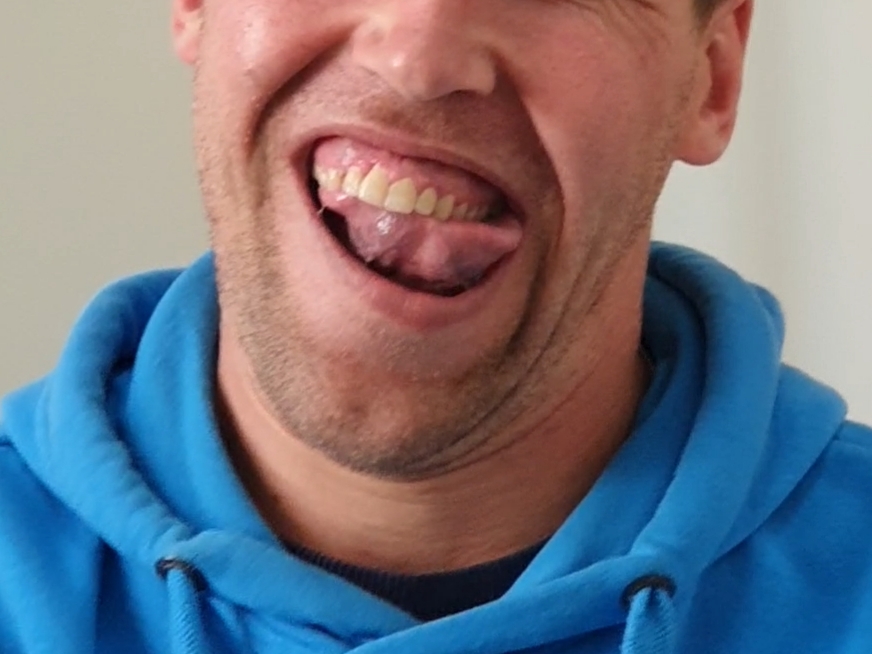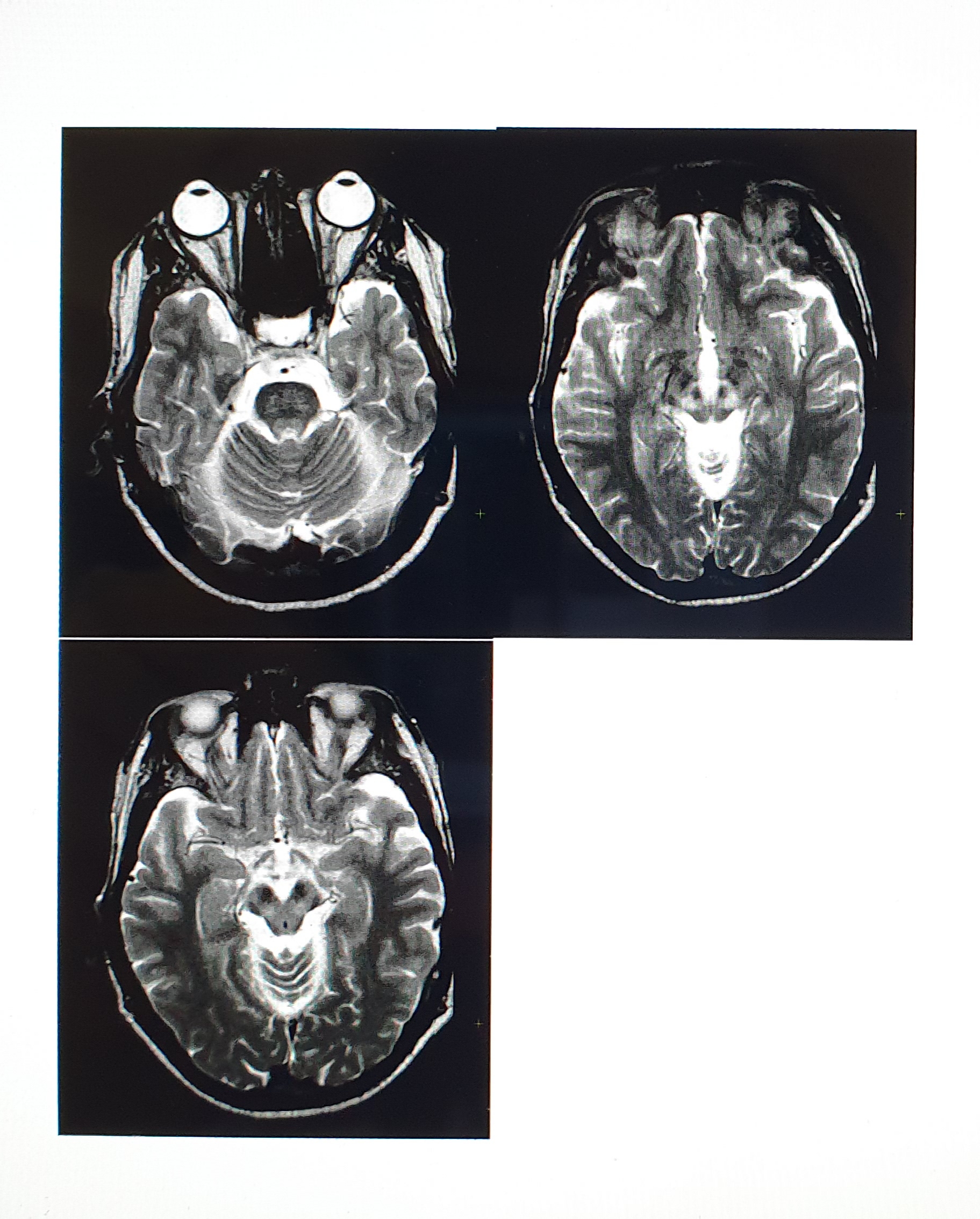Category: Rare Genetic and Metabolic Diseases
Objective: The aim of the case report is to demonstrate an unusual clinical feature of secondary dystonia.
Background: A sensory trick (ST) is a voluntarily patient maneuvered specific action or sensory stimuli for reducing severity or abolishing of dystonia. The mechanism of the ST is still unclear, but some findings provide evidence for a role of sensory-motor integration. This sign is well known from patients with blepharospasm, cervical and oromandibular dystonia. Classically this symptom has been considered as a clinical feature of primary dystonia and even suggested for differentiating primary dystonia from secondary dystonia. However, there are several case reports on ST in patients with secondary dystonia presented in publications (PKAN, tardive dystonia, Parkinson’s disease). Limited information is available on presence of sensory trick in Wilson’s disease.
Method: Case report.
Results: 28-year old Russian male with gradual onset 4-year history of movement disorders, neuropsychiatric changes, hepatic failure was diagnosed with WD in 2018 and has been treated with penicillamine, trihexyphenidyl. He is from non-consanguineous parents and the youngest of 2 siblings, his sister is healthy. His initial symptom was tremor in both upper limbs. In 2017 he developed blepharospasm, oromandibular dystonia, tongue dystonia, severe dysarthria, and, later – dystonia in all limbs, trunk. There were also signs of rigidity and bradykinesia. Examination revealed bilateral Kaiser Fleisher rings. His blood tests and liver enzymes were normal, but serum and urine copper were elevated, ceruloplasmin was low. Figure 1 shows his Brain MRI. Due to financial issues we couldn’t conduct a genetic study. A major complaint of the patient was his speech disorder. He used a cigarette to reduce severe involuntary movements of his tongue but still couldn’t pronounce words and sounds appropriately. Currently, he is on Penicillamine 500 mg/day and zinc. His limb dystonia was significantly reduced and now he is able to ride a bike. His oromandibular and tongue dystonia still affecting his speech. He uses gum instead of a cigarette and he can pronounce some sounds and words.
Conclusion: Although the sensory trick is a common sign of primary dystonia, there is a number of reported cases on presence of ST in secondary dystonia. Yet it shouldn’t necessarily be considered as a differential symptom and pointing away sign from secondary dystonia.
To cite this abstract in AMA style:
C. Shambetova. Sensory Trick in Oromandibular and Tongue Dystonia in Patient with Wilson’s Disease [abstract]. Mov Disord. 2020; 35 (suppl 1). https://www.mdsabstracts.org/abstract/sensory-trick-in-oromandibular-and-tongue-dystonia-in-patient-with-wilsons-disease/. Accessed April 1, 2025.« Back to MDS Virtual Congress 2020
MDS Abstracts - https://www.mdsabstracts.org/abstract/sensory-trick-in-oromandibular-and-tongue-dystonia-in-patient-with-wilsons-disease/


